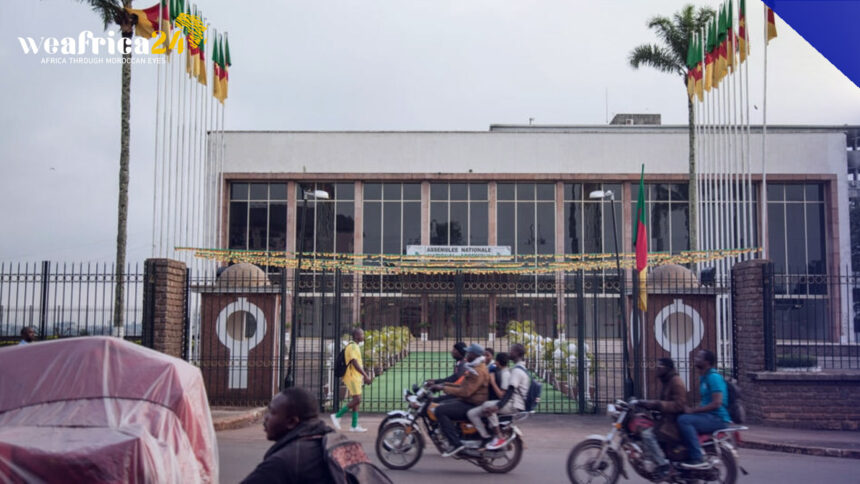More than two weeks into the opening of the first regular session of the year, both chambers, the National Assembly and the Senate, have yet to conduct any business.
When questioned on the matter, members of parliament from both houses have the same response: “We are bored stiff.” Some have even returned to their respective constituencies, a clear indication that they have nothing to do in Yaoundé, where these institutions are seated.
According to sources within Parliament, the unavailability of the Senate President is the root cause of this near standstill. Marcel Niat Njifendji, aged 90, who has been leading the institution since its establishment in 2013, is reportedly ill and very weakened. He returned from abroad last Sunday after three months of absence due to health reasons, only to be readmitted to a hospital in the Cameroonian capital immediately.
The situation has become an embarrassment even for the government, forcing the hierarchy of the RDPC (Cameroon People’s Democratic Movement) to urgently consider his possible replacement. Such a decision would likely necessitate a complete reconfiguration of the country’s major ethnic and communal balances, extending possibly to the government, suggest political analysts in Yaoundé.
If this scenario were to unfold, loyalists of President Paul Biya, such as Marcel Niat Njifendji or Cavaye Yeguie Djribil, who has been Speaker of the National Assembly for 32 years, would be compelled to retire.
The decisions of the RDPC hierarchy, which approves candidates for leadership positions in these institutions, are eagerly anticipated, especially since, according to the Constitution, the President of the Senate is the successor to the President of the Republic in the event of a vacancy in power.
In this period of political uncertainty, the ramifications of these decisions extend far beyond the walls of Parliament, potentially reshaping the political landscape of Cameroon for years to come.







